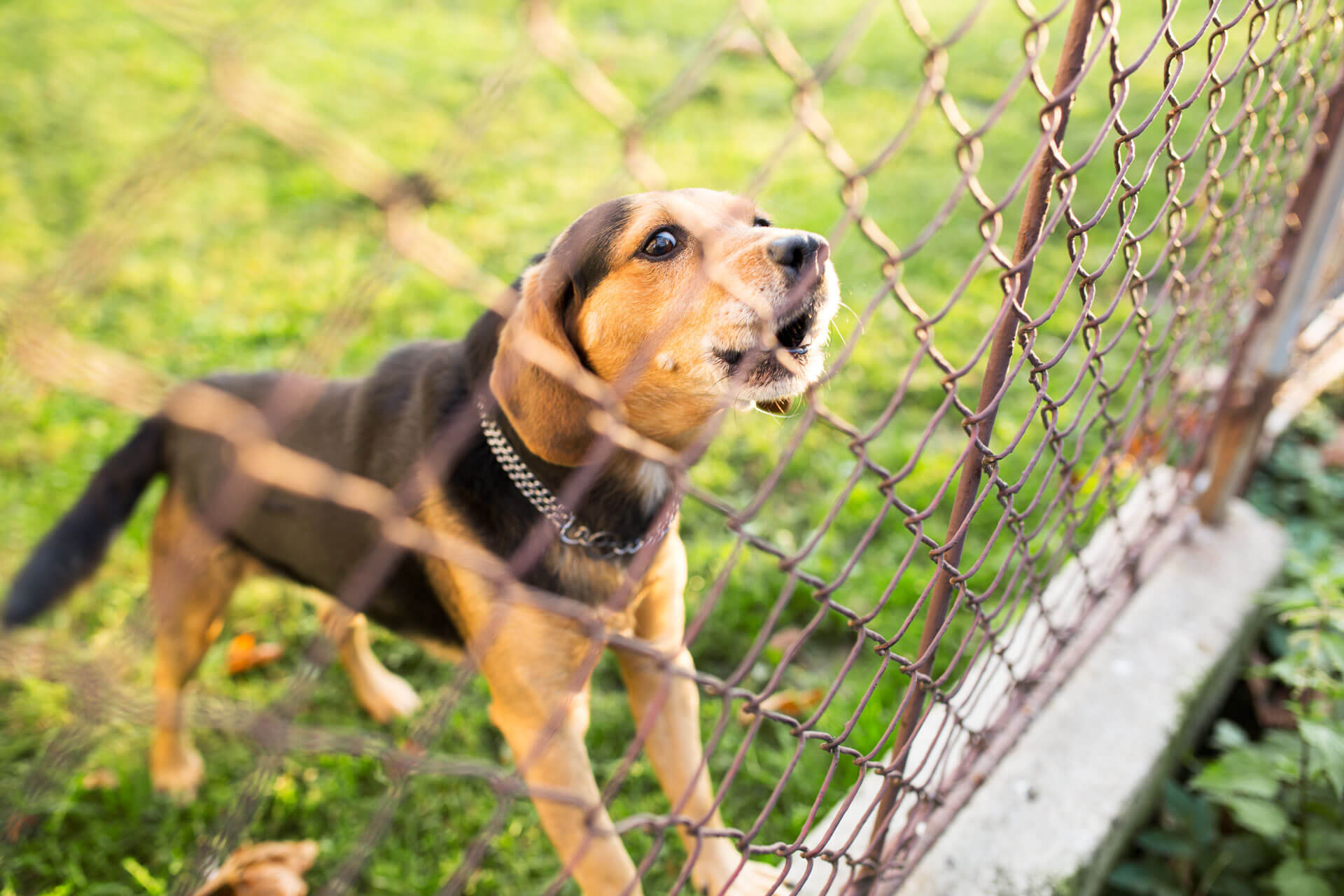

Articles
What Is The Ideal Fence Height For Dogs
Modified: February 23, 2024
Find the right height fence for your dogs with our informative articles. Ensure their safety and security with expert advice and tips.
(Many of the links in this article redirect to a specific reviewed product. Your purchase of these products through affiliate links helps to generate commission for Storables.com, at no extra cost. Learn more)
Introduction
When it comes to protecting our furry friends, choosing the right fence height is essential. Dogs have different sizes and abilities, so it’s important to consider their needs when determining the appropriate fence height for them. Whether you have a small, medium-sized, large, or extra-large dog, there are various factors to consider in order to ensure their safety and containment.
In this article, we will explore the factors that should be taken into account when choosing a fence height for your beloved canine companions. We will also delve into different fence options that are suitable for dogs of various sizes, and provide helpful tips to guide you in making the best decision for the well-being of your pets.
Remember, the primary goal of having a fence is to keep your dogs safe within your property and prevent them from wandering off. By investing in a suitable fence and understanding the unique needs of your dog, you can provide them with a secure and comfortable outdoor space to play and explore.
Now, let’s dive into the factors to consider when selecting the appropriate fence height for your dog!
Key Takeaways:
- Choose the right fence height based on your dog’s size, energy level, and behavior to ensure their safety and containment within your property. Consider factors such as breed, activity level, and local regulations to make an informed decision.
- Various fence types, including chain-link, wooden, vinyl, electric, mesh, and picket fences, offer different benefits and considerations. Evaluate your dog’s needs and behavior to select the most suitable fence type for their safety and containment.
Read more: What Is A Dog Ear Fence
Factors to Consider When Choosing a Fence Height for Dogs
When determining the ideal fence height for your dogs, there are several important factors to take into consideration. By assessing these factors, you can ensure that your fence provides adequate containment and safety for your furry friend.
1. Size and Breed of Your Dog: The size and breed of your dog play a crucial role in determining the appropriate fence height. Larger dogs, such as German Shepherds or Great Danes, may require higher fences to prevent them from easily jumping over. On the other hand, smaller breeds like Chihuahuas or Yorkshire Terriers may not require as tall of a fence. Consider the physical capabilities and tendencies of your dog when deciding on the height.
2. Activity Level and Energy of Your Dog: Dogs that are highly active and full of energy may be more inclined to jump or climb fences. If you have a dog that falls into this category, it may be necessary to choose a taller fence to prevent them from escaping. Additionally, if your dog enjoys chasing squirrels or birds, consider a fence with a height that discourages them from leaping after their prey.
3. Behavioral Factors: Does your dog have a history of attempting to escape? Have they shown a tendency to dig under fences? These behavioral factors should be taken into account when determining the appropriate fence height. For dogs that are skilled escape artists, it may be necessary to choose a fence that is taller and more secure to prevent any potential escapes.
4. Surrounding Environment: Assess the environment surrounding your property. Are there any obstacles nearby, such as trees or structures, that could potentially assist your dog in jumping over the fence? If so, you may need to choose a taller fence to compensate for these potential escape routes.
5. Local Regulations: Ensure that you are familiar with any local regulations or ordinances that dictate the height requirements for pet fences. Some communities have specific guidelines in place that must be followed to maintain the safety and aesthetics of the neighborhood. Be sure to check with your local municipality or homeowner’s association for any applicable rules.
Remember, the goal is to provide a safe and secure environment for your dog. By considering these factors, you can choose a fence height that meets your dog’s needs and helps to ensure their well-being and containment.
Small Dogs
When it comes to small dogs, choosing the right fence height is crucial for their safety and security. While small dogs may not have the same jumping ability as larger breeds, they can still be quite skilled at finding creative ways to escape.
For small dogs, a fence height of around 3 to 4 feet is generally sufficient. This height provides a barrier that is difficult for them to climb or jump over, ensuring that they remain safely contained within your property. It is important to consider that some small breeds have a propensity for digging, so it’s a good idea to have a fence that extends underground or use deterrents to prevent them from digging under the fence.
Another consideration for small dogs is the visibility of the fence. Some small dogs may feel anxious or insecure if they can’t see what’s happening outside their enclosed space. Opting for a fence with picket-style or mesh panels can help address this concern by allowing them to see beyond the fence, reducing any feelings of confinement.
Additionally, it’s essential to keep in mind the temperament and behavior of your small dog. Some small breeds may be more prone to barking at passersby or being easily startled by noises outside the fence. Choosing a fence with adequate height and solid panels can help create a visual barrier that reduces their exposure to external stimuli, minimizing their anxiety and potential for excessive barking.
Ultimately, the right fence height for small dogs will be determined by their specific breed, behavior, and individual tendencies. Consulting with a professional dog trainer or veterinarian can provide valuable insights and guidance on selecting the appropriate fence height to keep your small four-legged friend safe and secure.
Medium-Sized Dogs
Medium-sized dogs have a bit more strength and agility compared to their smaller counterparts, making it important to choose an appropriate fence height that prevents them from escaping. While medium-sized dogs may not have the same jumping ability as larger breeds, they can still be quite agile and determined when it comes to exploring beyond their confines.
A fence height of around 4 to 6 feet is generally suitable for medium-sized dogs. This height provides a sufficient barrier that discourages them from attempting to jump over it. Additionally, a taller fence can also deter other animals, such as neighborhood cats or raccoons, from entering your yard and potentially causing conflicts with your dog.
For medium-sized dogs with a higher energy level or a tendency to be easily stimulated, it’s important to consider the material of the fence. Opting for a solid or privacy fence with minimal gaps can help reduce distractions and minimize their desire to escape. This type of fence provides a visual barrier that prevents them from getting overstimulated by external stimuli, such as people walking by or other animals in the vicinity.
Another aspect to consider is the durability and sturdiness of the fence. Medium-sized dogs have more strength and may be prone to exert more force on the fence. Choosing a robust and well-constructed fence, such as a chain-link fence with reinforced posts, can withstand their energetic behavior and overall strength.
Lastly, it’s important to assess the activity level and tendencies of your specific medium-sized dog. If they are inclined to dig, you may need to consider burying chicken wire or using deterrents to prevent them from digging under the fence.
By taking into account the size, energy level, and behavior of your medium-sized dog, you can choose a fence height that provides them with a secure and comfortable outdoor space.
Consider the size and jumping ability of your dog when choosing a fence height. For small to medium-sized dogs, a 4-foot fence should suffice. For larger or more athletic breeds, a 6-foot fence may be necessary to prevent them from jumping over.
Large Dogs
When it comes to large dogs, choosing the right fence height is essential to effectively contain them and prevent any potential escapes. Large breeds have the strength and jumping ability to easily clear shorter fences, so it’s important to select a height that can effectively deter them from attempting to go over the fence.
For large dogs, a fence height of around 6 to 8 feet is typically recommended. This height provides a significant barrier that is difficult for them to jump over, ensuring their safety and containment. It’s important to consider that some large breeds have exceptional jumping abilities, so it may be necessary to consult with a professional dog trainer or veterinarian to determine the appropriate fence height for your specific breed.
The material of the fence is also a crucial factor to consider for large dogs. Opting for a sturdy material such as wood or vinyl can provide the necessary strength and durability to withstand the impact or pressure exerted by a large dog. Solid panels without large gaps are ideal to minimize any visual stimuli and prevent your dog from attempting to jump over the fence.
Additionally, it’s important to evaluate the temperament and behavior of your large dog. If they are prone to being territorial or reactive towards passersby or other animals, considering a fence with high privacy features can help reduce their exposure to external distractions and potential triggers. This can contribute to a calmer and more secure environment for your dog.
For large breeds that are particularly skilled at digging, reinforcing the fence by burying chicken wire or using deterrents along the perimeter can help prevent them from digging under the fence. It’s important to ensure that the fence extends adequately below the ground to prevent any escape attempts.
By carefully considering the size, jumping ability, and behavior of your large dog, you can choose a fence height that provides them with the necessary containment and ensures their safety within your property.
Read more: What Fence Is Best For Dogs
Extra-Large Dogs
When it comes to extra-large dogs, choosing the right fence height is crucial to effectively contain these powerful and athletic breeds. Extra-large dogs possess remarkable strength and agility, making it necessary to select a fence height that can serve as a secure barrier to prevent any potential escapes.
For extra-large dogs, a fence height of around 8 to 10 feet is generally recommended. This height provides a substantial obstacle that is difficult for them to overcome. It is important to note that some especially athletic breeds may still possess the ability to clear even higher fences, so consider consulting with professionals to determine the ideal fence height for your specific dog.
When it comes to the material of the fence, it is important to choose something robust and durable to withstand the strength of extra-large dogs. Options such as metal or chain-link fences offer sturdiness and longevity. Additionally, the design of the fence should minimize any gaps or footholds that your dog could potentially use to aid in climbing over the fence.
While fence height is crucial for containing extra-large dogs, it is equally important to ensure the structural integrity of the fence. Reinforcing the posts and using additional horizontal supports can provide added stability, making it more challenging for your dog to damage or break through the fence.
Another factor to consider for extra-large dogs is the surrounding environment. Are there any structures or trees nearby that could potentially assist them in jumping over the fence? Assessing the surroundings and eliminating any possible aids for escape can help reinforce the effectiveness of the fence height.
It’s also important to address any potential digging tendencies of your extra-large dog. Burying chicken wire or using deterrents along the base of the fence can discourage them from attempting to dig under the fence and escape.
By providing an appropriate fence height and ensuring the durability and structural integrity of the fence, you can help keep your extra-large dog safely contained within your property and prevent any potential escapes.
Types of Fences for Dogs
When it comes to choosing a fence for your dog, there are several different types to consider. Each type of fence offers its own set of benefits and considerations, so it’s important to evaluate your dog’s needs and your specific requirements before making a decision.
- Chain-Link Fences: Chain-link fences are a popular choice for dog owners due to their affordability and durability. They provide visibility and airflow, which can be beneficial for dogs who enjoy observing their surroundings. However, they may not be the most aesthetically pleasing option and may not provide complete privacy.
- Wooden Fences: Wooden fences offer a classic and traditional look, and they provide privacy and a visually appealing barrier. They can be customized in terms of height and design to suit your specific needs. However, it’s important to ensure that the wood is adequately sealed and maintained to withstand the elements and the potential wear and tear from your dog.
- Vinyl Fences: Vinyl fences are a low-maintenance option that offers the look of wood without the need for regular staining or sealing. They are resistant to rot, pests, and fading, making them a durable choice for dog owners. However, it’s important to select a sturdy vinyl material that can withstand the strength and potential impact from your dog.
- Electric Fences: Electric fences, also known as invisible fences, use a buried wire and a special collar to create a boundary for your dog. When your dog approaches the boundary, they receive a mild electric shock or vibration through the collar. Electric fences can be effective in training your dog to stay within a designated area, but it’s important to ensure proper training and supervision to keep your dog safe and prevent any negative associations with the fence.
- Mesh Fences: Mesh fences, such as cyclone fences or mesh panels, offer visibility and security. They are typically made of metal or heavy-duty synthetic materials that can withstand your dog’s strength. Mesh fences are a popular choice for dog parks or larger areas where dogs can roam freely while still being contained.
- Picket Fences: Picket fences offer a classic and decorative look while providing a physical barrier for your dog. They are typically made of wood or vinyl and can be customized in terms of height and spacing between the pickets. Picket fences may not provide complete privacy, but they can be a visually appealing option for homeowners.
It’s important to consider factors such as visibility, maintenance, aesthetics, and the specific needs and behavior of your dog when choosing the right fence type. Consulting with professionals and considering the benefits and drawbacks of each option can help you make an informed decision that ensures the safety and containment of your furry friend.
Conclusion
Choosing the right fence height for your dogs is crucial to their safety and containment within your property. Whether you have a small, medium-sized, large, or extra-large dog, there are several factors to consider when determining the appropriate fence height.
Factors such as the size and breed of your dog, their activity level and energy, their behavioral tendencies, the surrounding environment, and any local regulations should be taken into account when selecting a fence height. By considering these factors, you can ensure that the fence provides an effective barrier and prevents your dog from escaping.
For small dogs, a fence height of around 3 to 4 feet is typically sufficient, while medium-sized dogs may require a taller fence of 4 to 6 feet. Large dogs need a fence height of around 6 to 8 feet to prevent escape. Extra-large dogs often require even taller fences, ranging from 8 to 10 feet.
Various types of fences are available for dogs, including chain-link fences, wooden fences, vinyl fences, electric fences, mesh fences, and picket fences. Each type offers its own set of benefits and considerations, so it’s important to evaluate your specific needs and the behavior of your dog before making a decision.
Remember, the goal is to provide a safe and secure environment for your dogs to enjoy their outdoor space without the risk of escaping. By carefully considering the factors discussed and selecting the appropriate fence height and type, you can ensure the well-being and containment of your beloved canine companions.
Now that you have a better understanding of the factors to consider when choosing a fence height for dogs, you can make an informed decision that provides the ultimate protection and peace of mind for both you and your furry friends.
Frequently Asked Questions about What Is The Ideal Fence Height For Dogs
Was this page helpful?
At Storables.com, we guarantee accurate and reliable information. Our content, validated by Expert Board Contributors, is crafted following stringent Editorial Policies. We're committed to providing you with well-researched, expert-backed insights for all your informational needs.
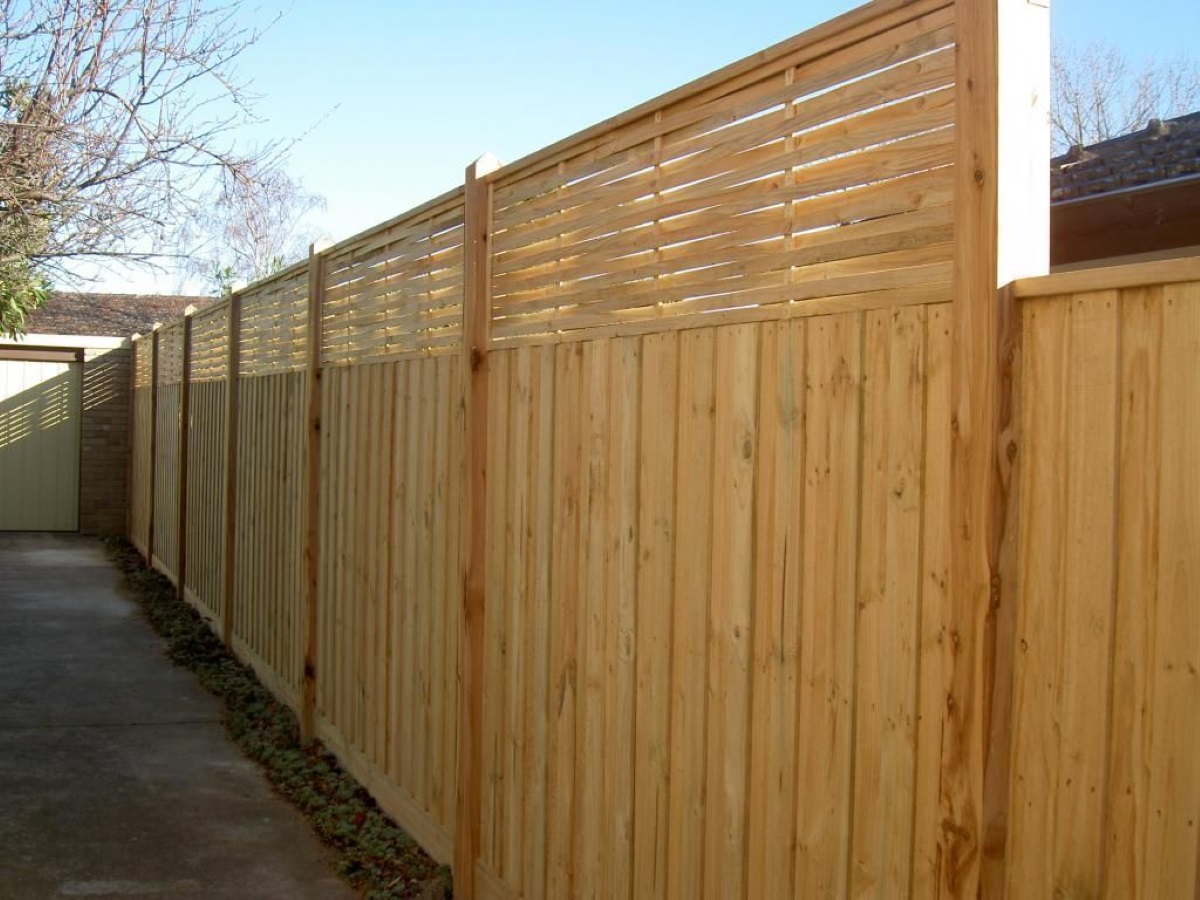
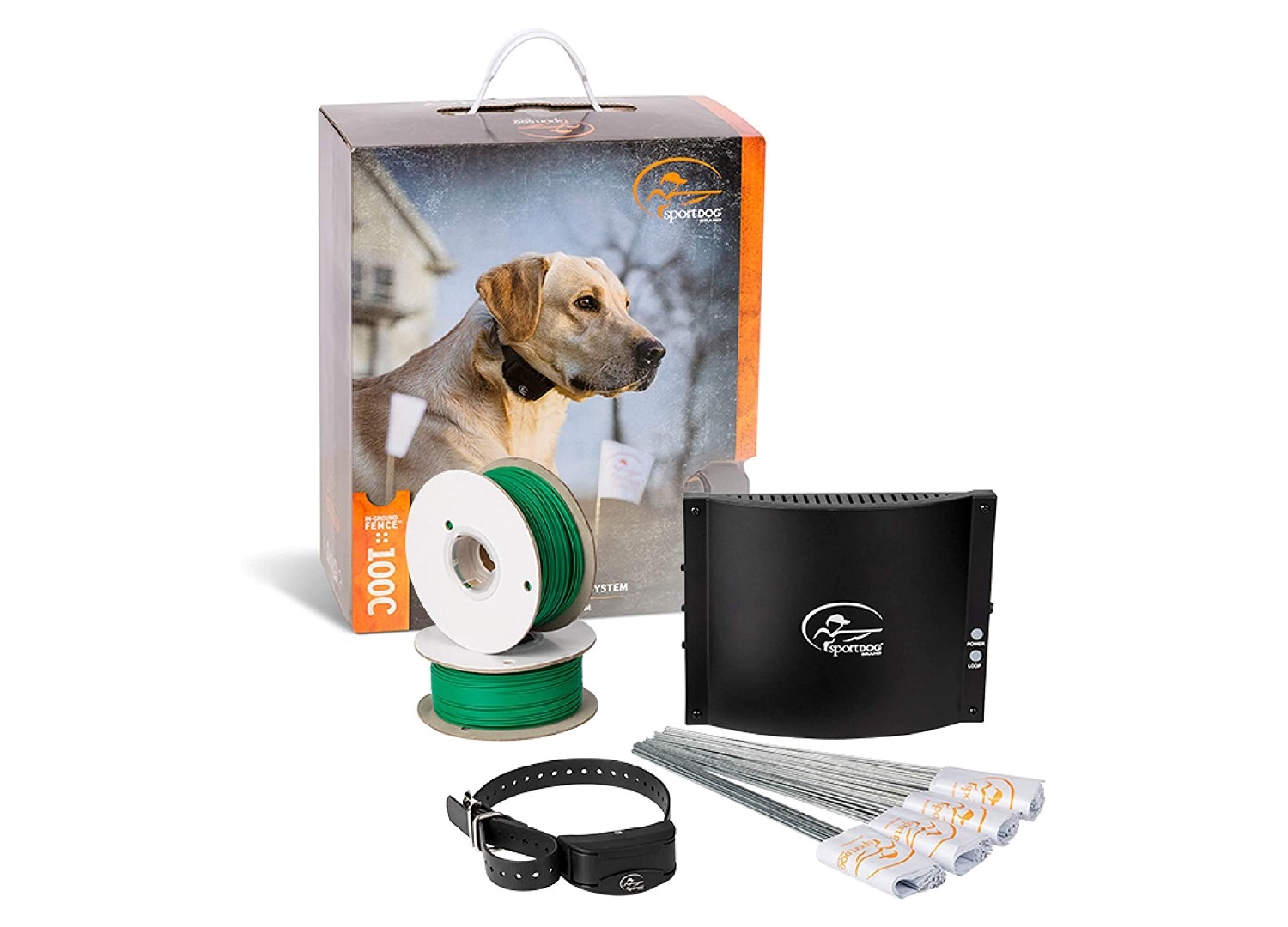
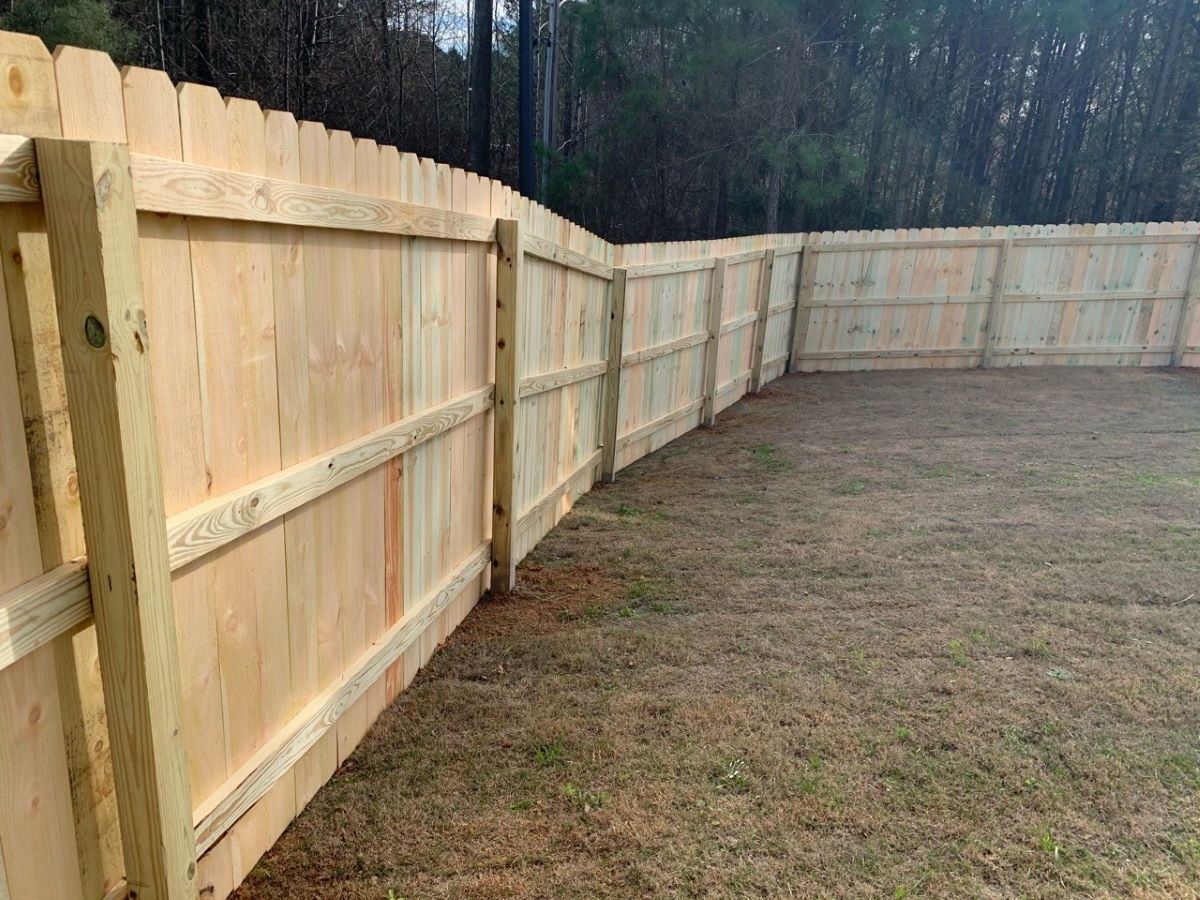
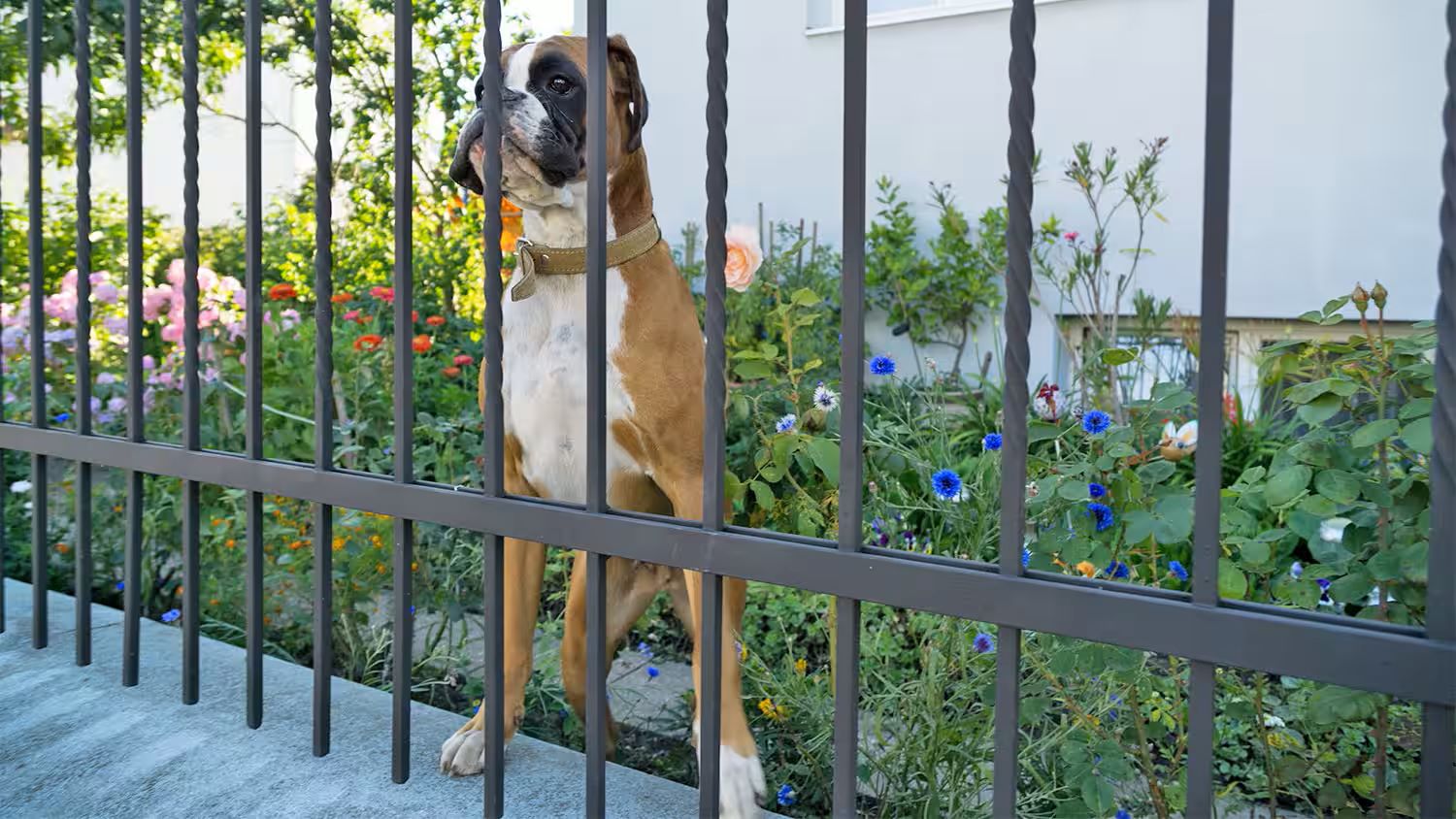
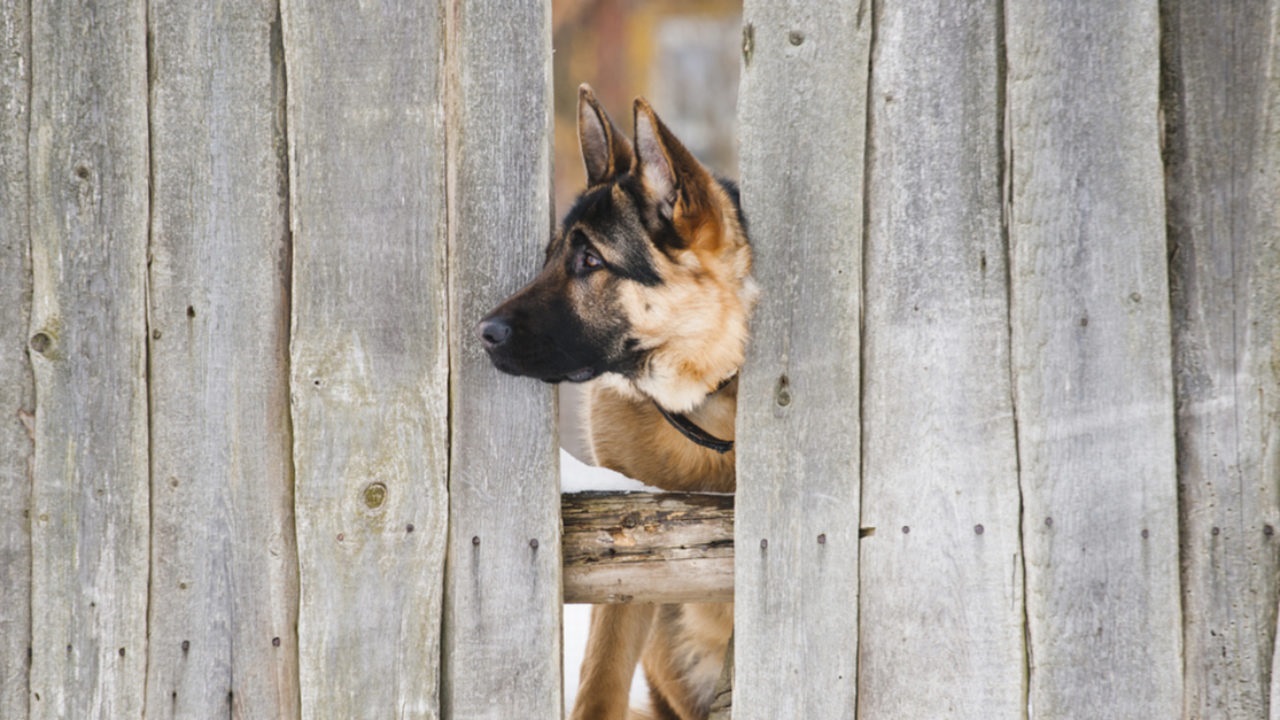
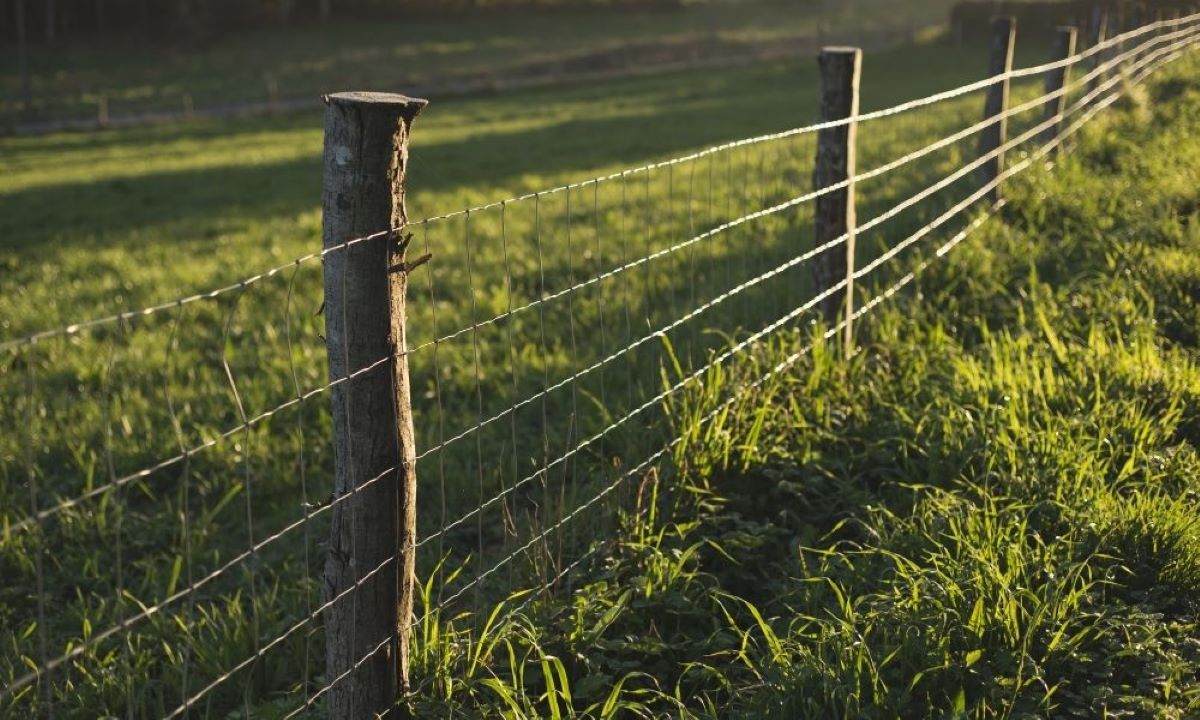
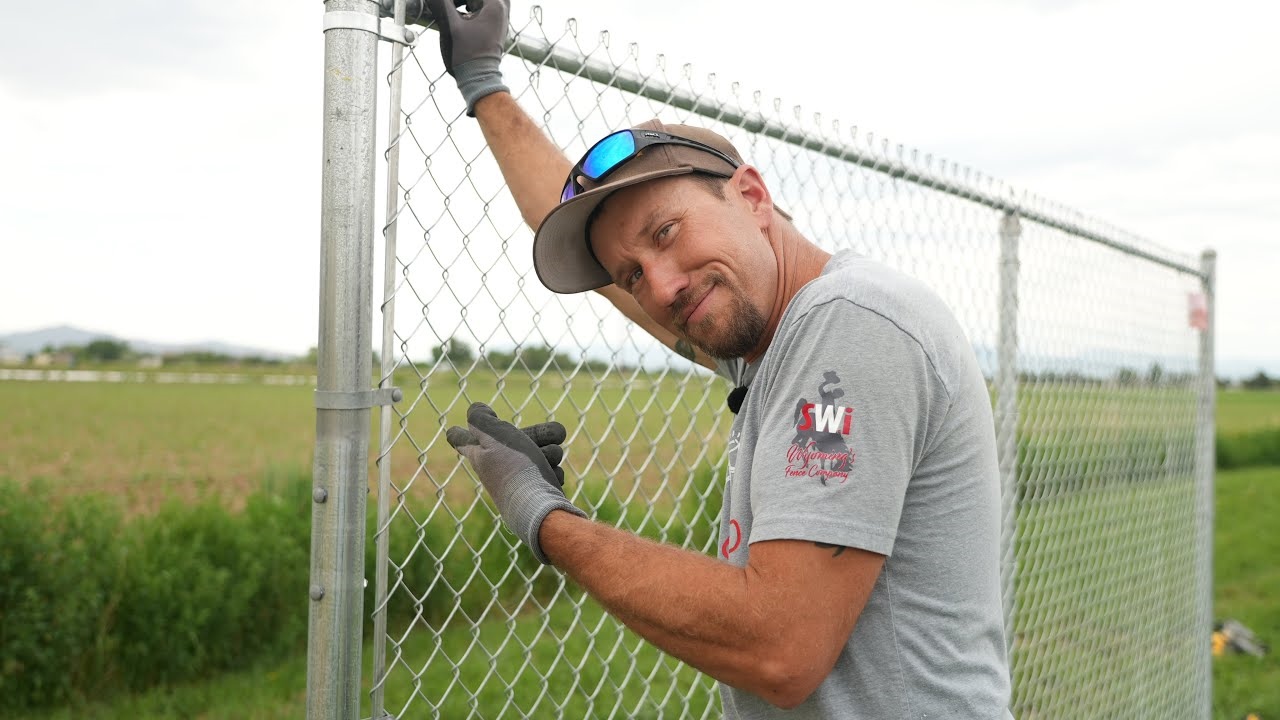
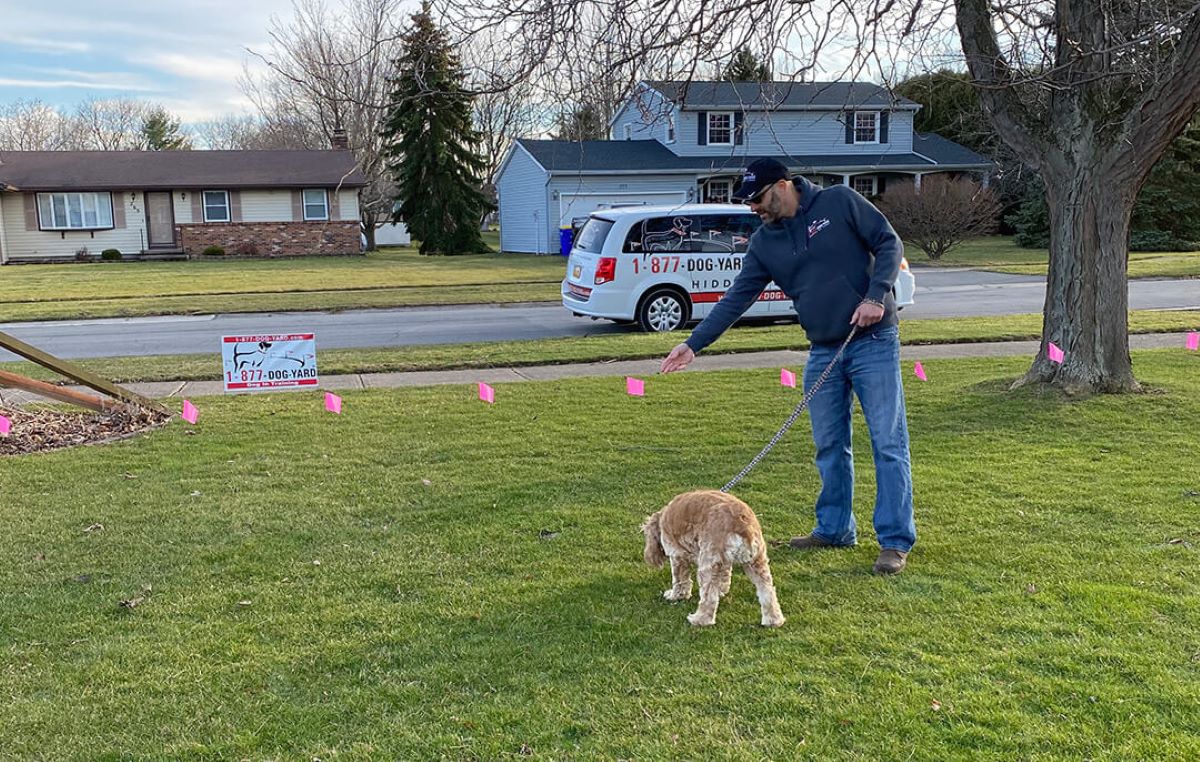
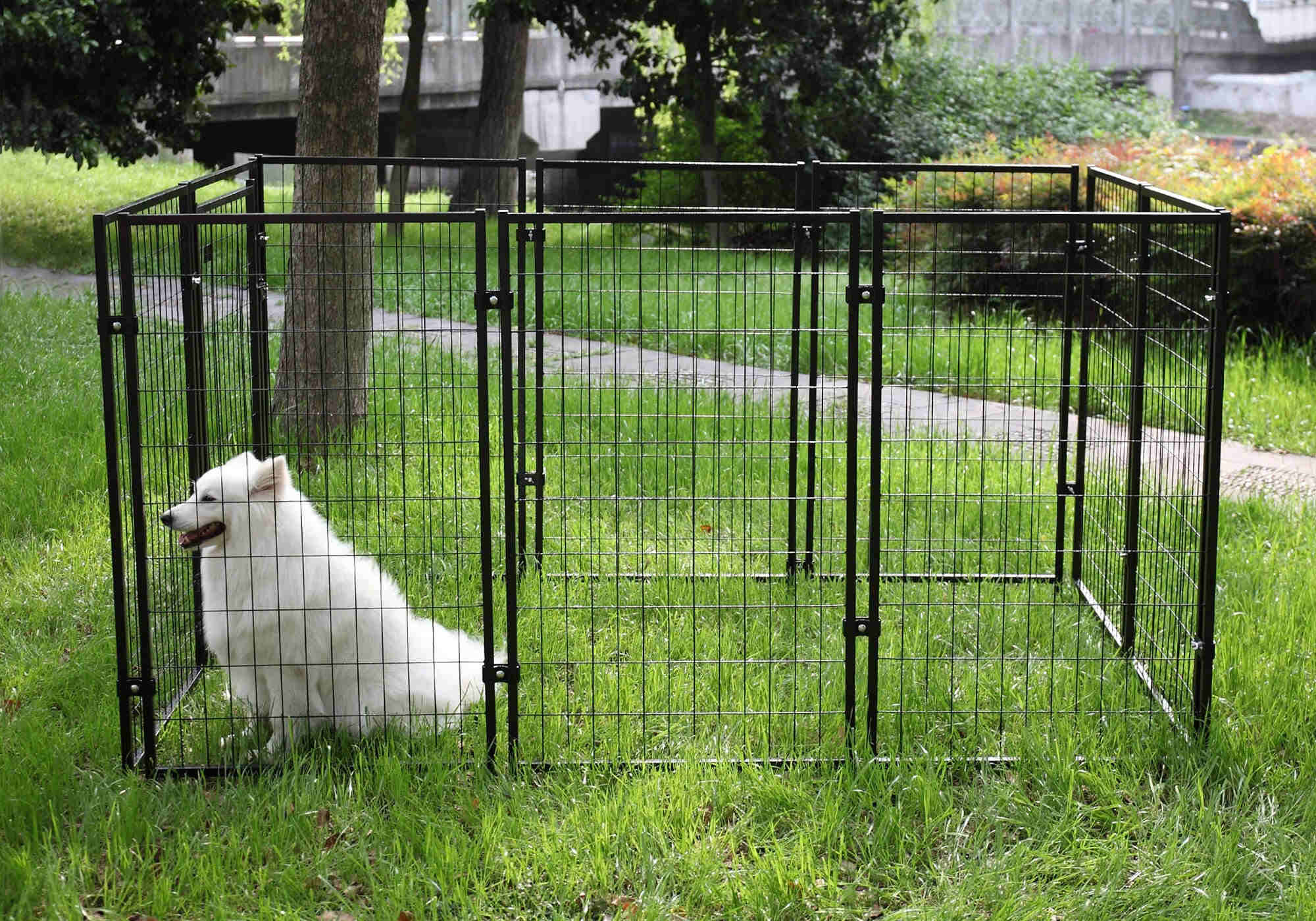
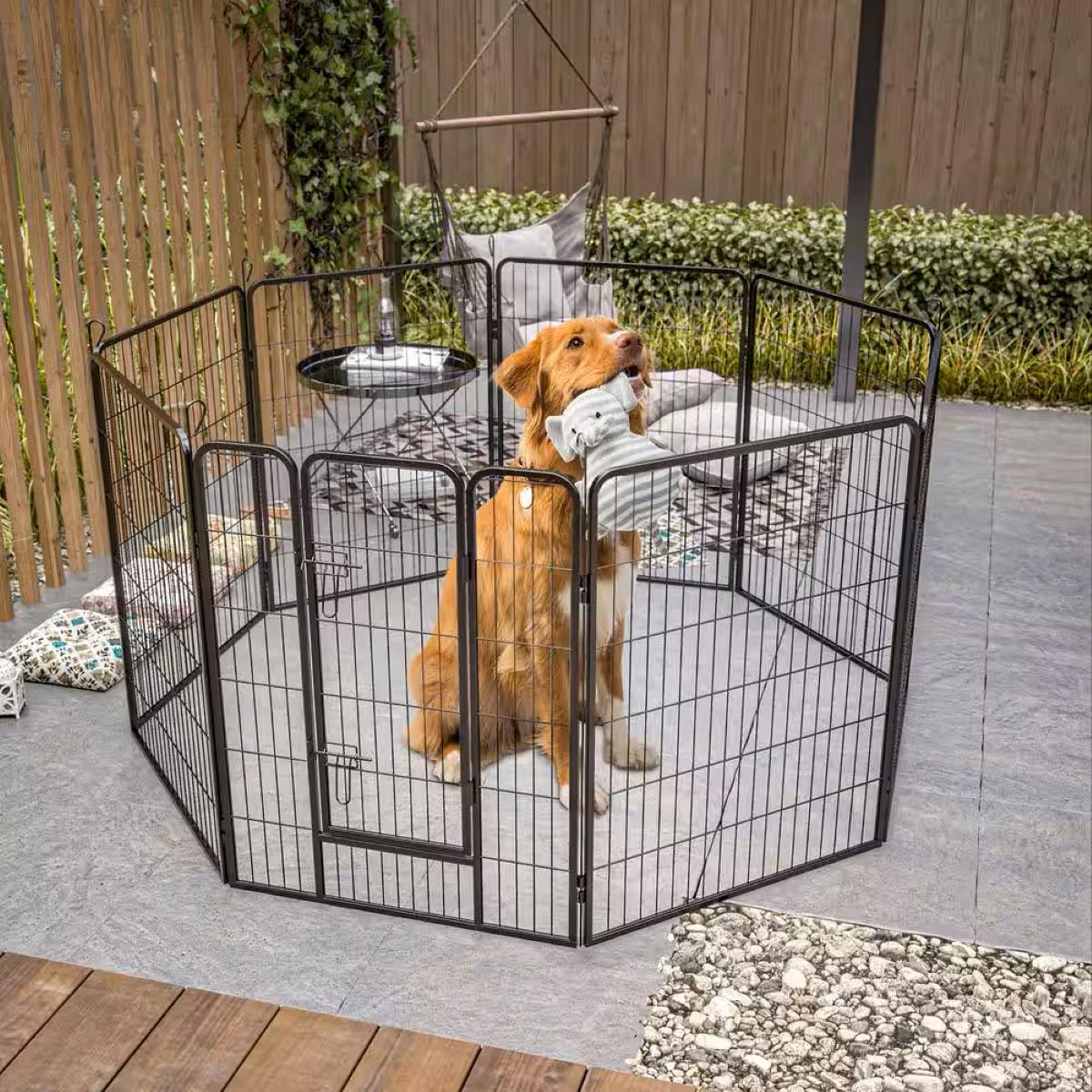
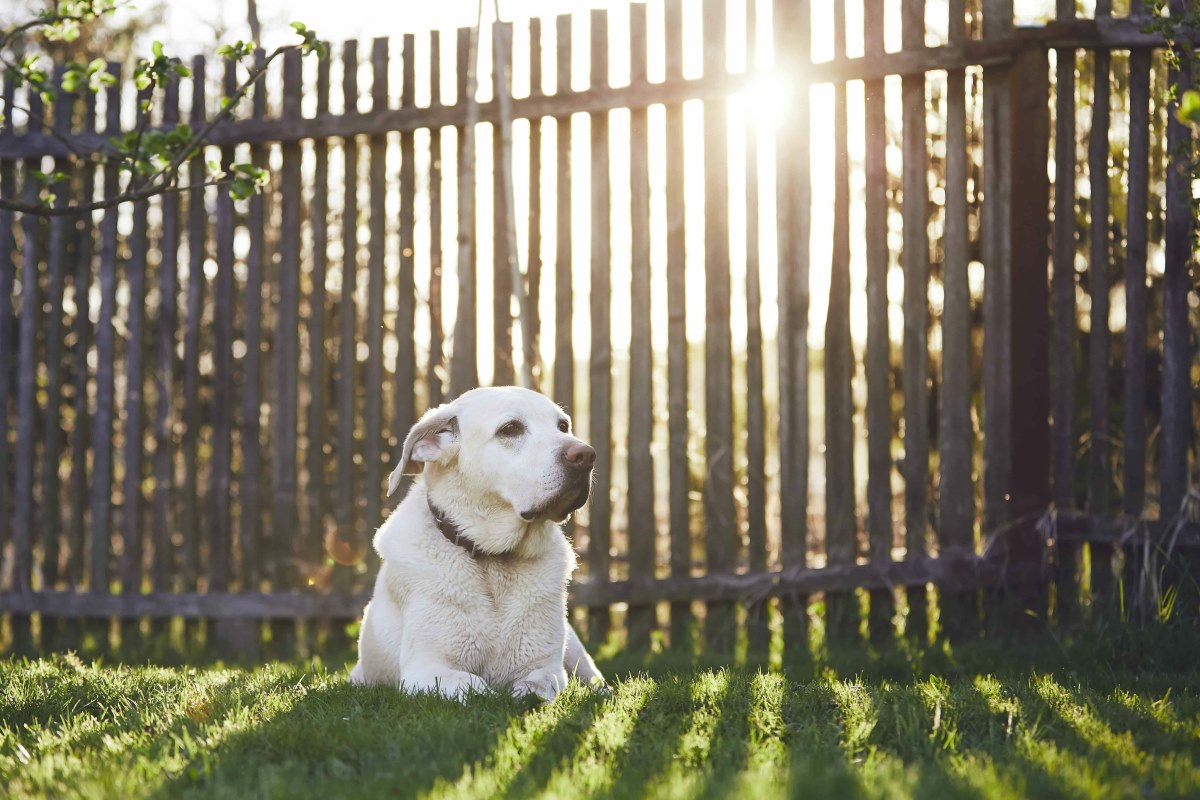
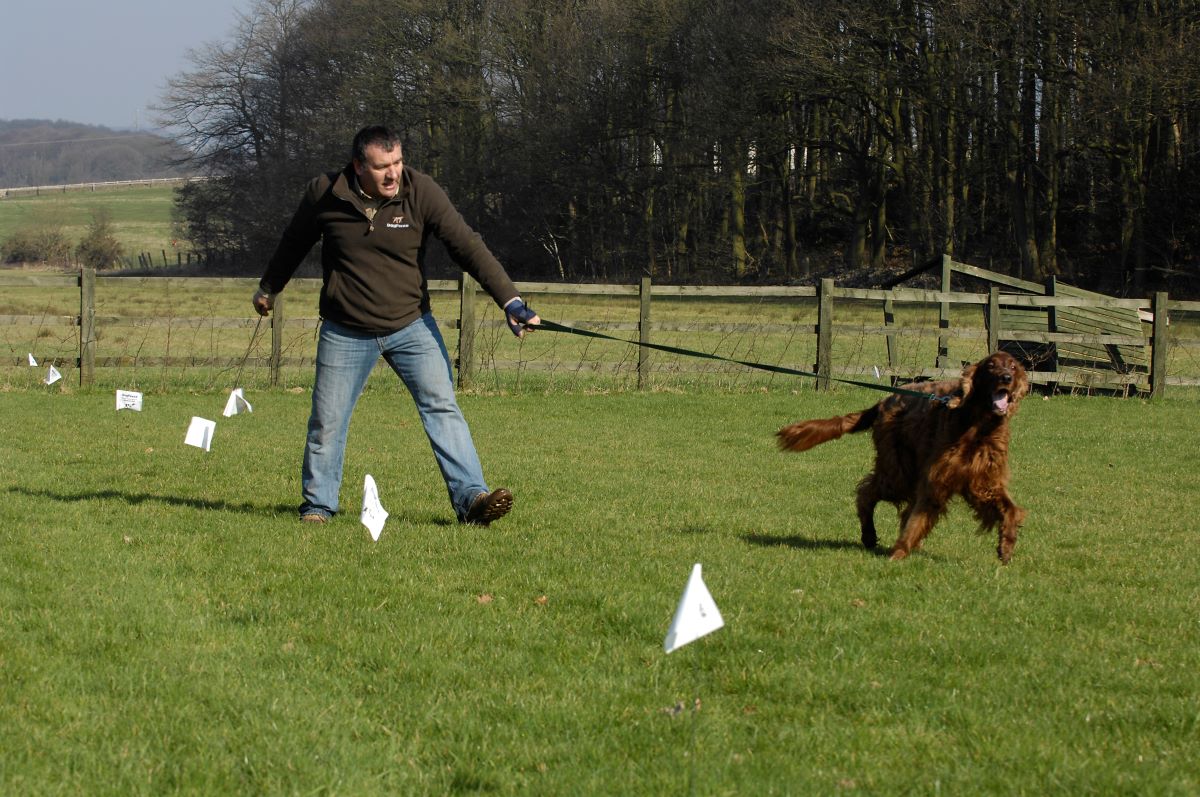
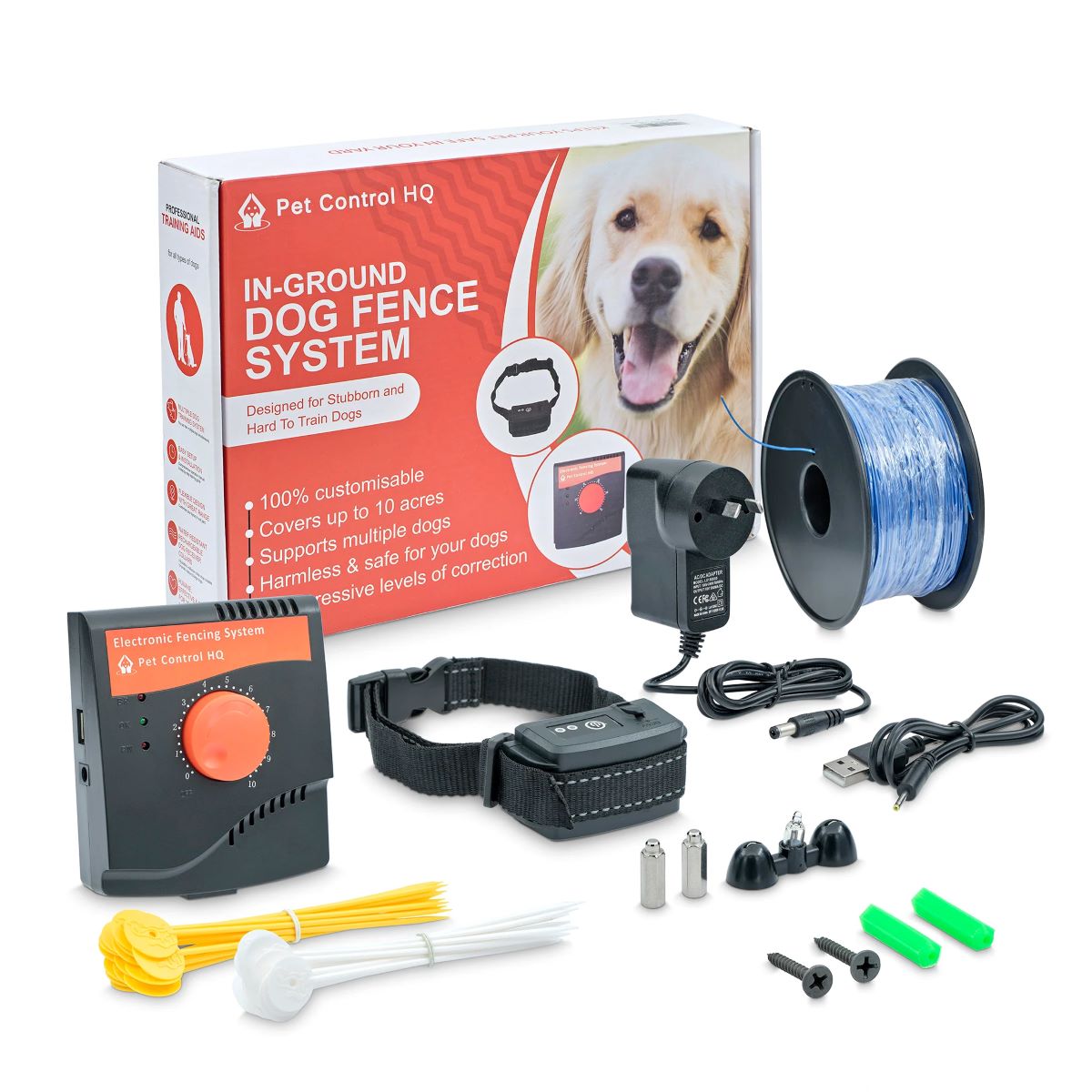
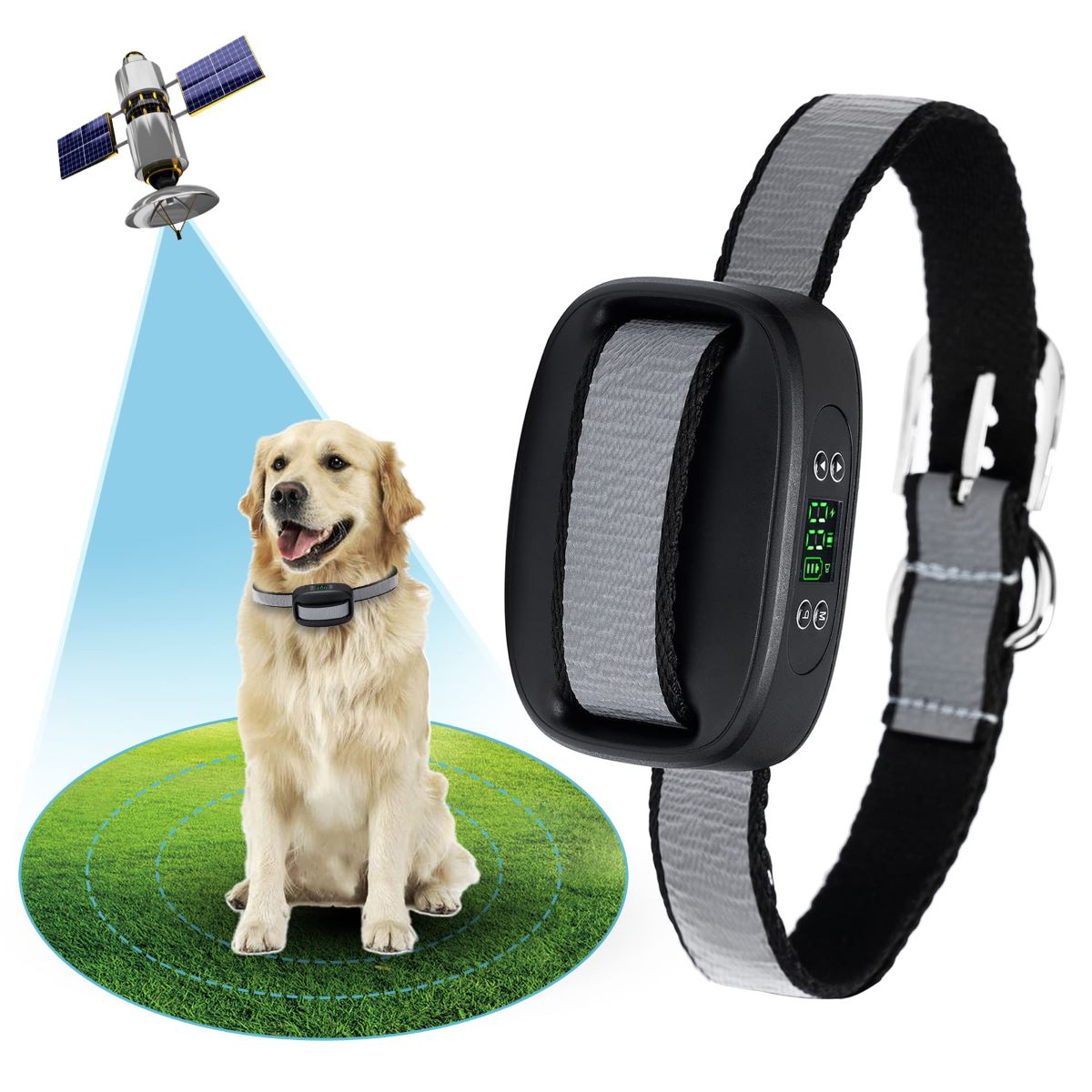

0 thoughts on “What Is The Ideal Fence Height For Dogs”